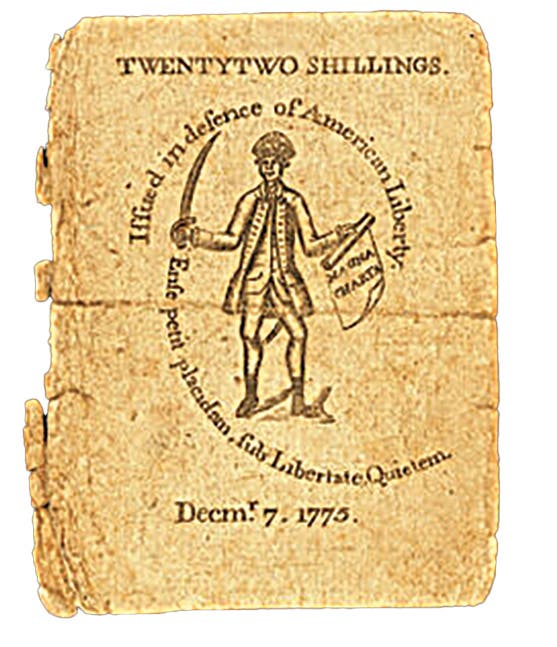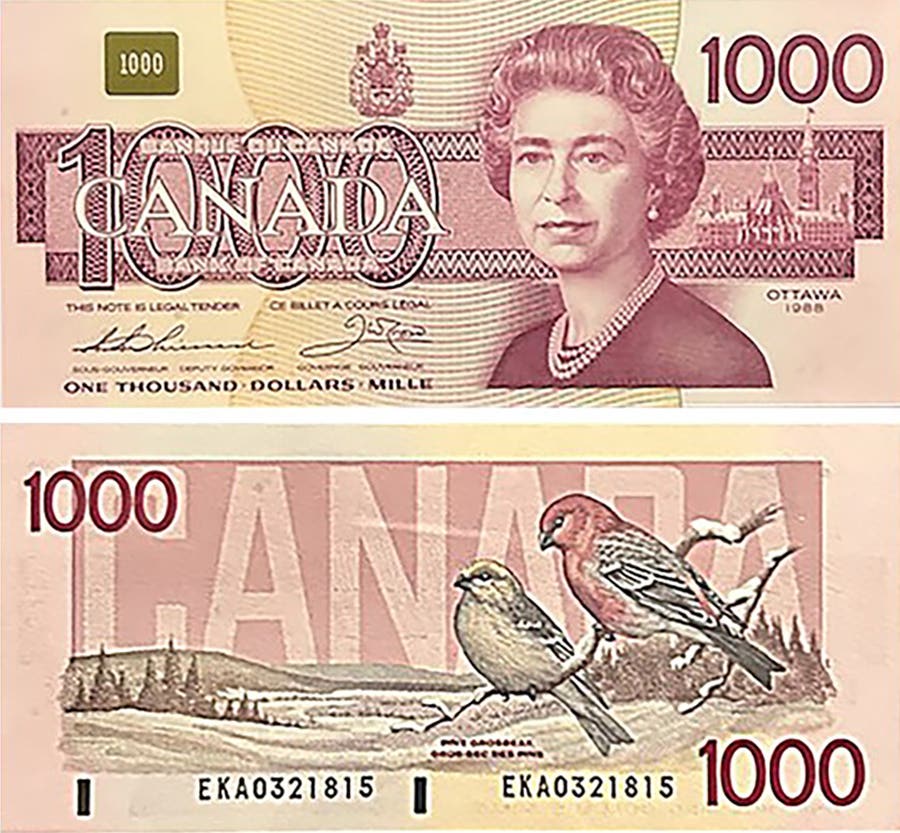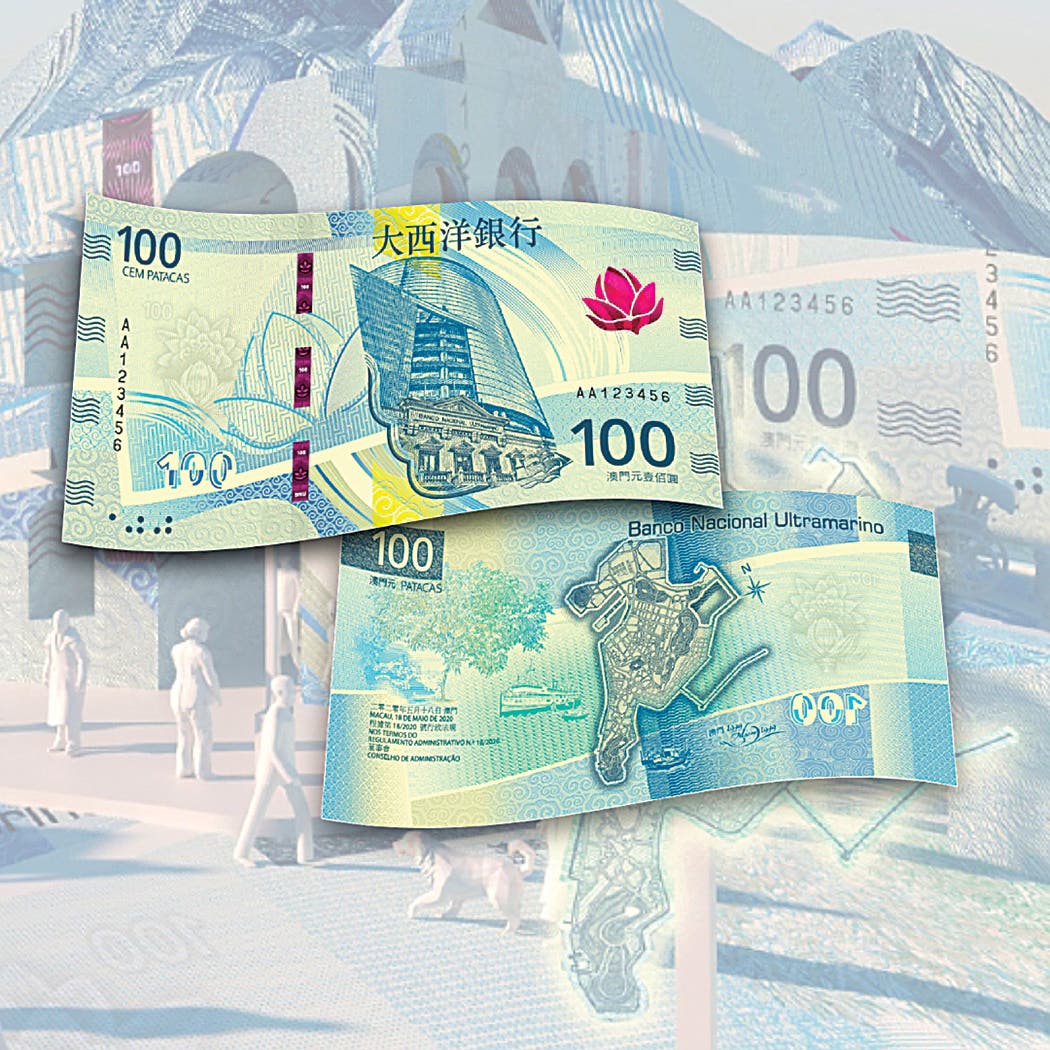Great Plane Robbery Created Australian Specimens
One lot in Queensland’s Roxburys auction house’s May sale provided the latest chapter in Australia’s 1982 Great Plane Robbery gone wrong. It consisted of an exceedingly rare Australian specimen set….
One lot in Queensland’s Roxburys auction house’s May sale provided the latest chapter in Australia’s 1982 Great Plane Robbery gone wrong. It consisted of an exceedingly rare Australian specimen set.
On Sept. 21, 1982, the Queensland Police arrested five men at four airports in the Sunshine State. All were part of an audacious attempt to steal four Reserve Bank of Australia (RBA) banknote consignments while inflight on Trans Australia Airlines (TAA) planes. Some A$600,000 was involved.
Four of the Melbourne-based, would-be robbers had consigned themselves as freight, and hid inside specially constructed crates lined with telephone books. The intent was to emerge into the aircraft’s cargo hold in-flight and then work the old switcheroo. Notes would be removed from accompanying RBA shipments and substituted with telephone books. The RBA seals would then be restored using tools carried by each of the men.
If nothing else, the unsuccessful attempt created some exceedingly rare Australian banknote specimens. It is one of these sets that was being offered by Roxburys.
In revisiting reports of the crime it is clear that, as is often the case, differing accounts exist as to what happened and when. The following has been cobbled-together from contemporary newspaper and official reports, plus an interview given some time after the event by one of the flight crew involved.
Mid-air heist I
The planned heist turned to custard when Flight 456 from Brisbane to Rockhampton was unloaded on landing. Although each of the modified 3.3ft. x 2.5ft. x 2.5ft. boxes were fitted with an air hose, that on Flight 456 had been placed in a poorly ventilated area of the DC9 hold. As a result the would-be robber had trouble breathing.
He had managed to emerge, swap currency for telephone books, and replace the bank seals but he now found it necessary to leave his hidey-hole’s hatch open to get sufficient air. When the plane arrived at Rockhampton Airport a cargo porter spotted the robber’s hand when the hatch was pulled shut. The flight crew was informed they had a stowaway.
The pilot, Captain David Spring-Brown, went and talked severely to the box. When nothing happened, he instructed First Officer Brian McCarthy to go and get handcuffs, a baton, fire axe and gun, one that the crew did not in fact have, and to chop the occupant out.
This prompted the stowaway to emerge voluntarily. He was in a sorry state and hyperventilating. When asked who he was and what was he doing, he replied, “Give me a go mate, I’ve got no money and I’m trying to see my family.” However, the flight crew wasn’t buying this. In the box they could see numerous telephone books, bottles used as a toilet, torches, a breathing tube and, importantly, a great stash of moolah. When challenged, the stowaway made a run for it.
He was taken down in a double tackle; a porter around his boxer shorts, the captain around his shoulders. Spring-Brown later observed, “Here were 100 sets of eyes looking down from our aircraft at me sitting on this chap with the porter with his pants halfway down.”
Mid-air heists II & III
The Queensland police were called and found a highly organized robbery on their hands. They took possession of the crate, the former occupant and the contents. Meanwhile Mr V.G. Wooding, the TAA Queensland Cargo Manager, realized that if one attempt had been made on a RBA note movement others could be in train. He promptly called the Federal police.
He told them the consignment note accompanying the crate showed a similar one that was being shipped to Townsville, while another staff member recalled a third was on its way to Mt Isa. The conclusion reached was that a concerted attack was being made on at least three RBA consignments.
Things happened quickly at this point. The flights to Mt Isa and Townsville were still in the air. Captain Spring-Brown suggested the Boeing 727 to Mt Isa descend to 26,000 ft. in case there was a man in its hold. There was and he was still alive and able to be welcomed by the local police upon arrival as was a third man at Townsville.
A search turned up a fourth man in a box at Brisbane Airport. He had arrived on Flight 480 from Melbourne but had missed his connection to Cairns. A fifth man was picked up in Townsville. He had been waiting to take possession of that crate – along with its loot and human cargo.
Each of the men arrested at Rockhampton and Townsville were found with A$200,000. The Mt Isa man had failed to score any cash as, at the last moment, the box with the RBA money had been placed in a different cargo hold.
RBA gives thanks
On Oct. 21 the following year RBA Governor, R.A. Johnston, made a presentation to each of ten TAA employees involved.
Each of the ten received a set of Orrefors glassware plus a personally inscribed folder containing specimens of current Commonwealth of Australia bank notes. A substantial cash reward was also made to the cargo handler at Rockhampton whose vigilance had blown the heist wide open.
In his book, Australian Decimal Banknotes, Mick Vort-Ronald identifies the folders as similar to those used for presentation sets of Type 1 specimen notes complied at the time decimal currency was introduced in Australia in 1966.
Each contained one specimen of each denomination from $1 to $50, (P-42ds, -43ds, -44ds, -45ds, -46ds, -47ds), overprinted as for Australian Type 3 specimens, i.e. ‘SPECIMEN’ printed twice in red diagonally across each side of each note and along with the words ‘NO VALUE’. All bear the Johnston-Stone signatures. Like other Type 3 specimens, and unlike earlier decimal specimens, the notes were individually numbered and had serial numbers consisting of all zeros.
Importantly all serials on the TAA specimen notes were printed in OCR-B (Optical Character Recognition) font. This is significant in that OCR-B was not used for circulating Johnston-Stone $50 notes and never on any $1 notes.
Most of the sets were subsequently broken up and the notes sold individually. As such any of the original folder sets that are still complete have considerable rarity value.
Records given by Mick Vort-Ronald in his Australian Banknote Pedigrees show that complete TAA sets have fetched a range of prices over the years: set #0017 £6,000 in July 1985, #0014 A$70,000 in August 1999, #0018 A$62,500 in March 2000, and #0016 A$57,000 in June 2000. He purchased his own set, #0015, for £1,000 in March 1988 and sold it for A$21,000 in October 2006.
The one offered by Roxburys was that presented to Mr. Wooding with each note carrying specimen number 0013. This is the lowest number recorded by Vort-Ronald for any Johnston-Stone TAA specimens that had appeared at auction up to 2007.
This set has appeared on the market several times in recent years. International Auction Galleries offered it in a Noble Numismatics sale of April 2005 and in June 2011. On those two occasions it was passed-in as was the case at Roxburys in February 2012 and again in their latest sale. Make of that what you will.
To date any post-sale offers have fallen well below what the individual notes would fetch on the market. However, if any reader wants to make an offer on a dinkum Aussie banknote rarity they can try talking sweetly to Jacquie Innes at Roxburys on +617-3831-2599.
As a footnote to the note heist story, it was also reported at the time that the Australian Federal police had reason to believe their arrests of the would-be robbers were likely to have put an end to mysterious on-going thefts of gold bullion that had been occurring from planes over a number of years.








